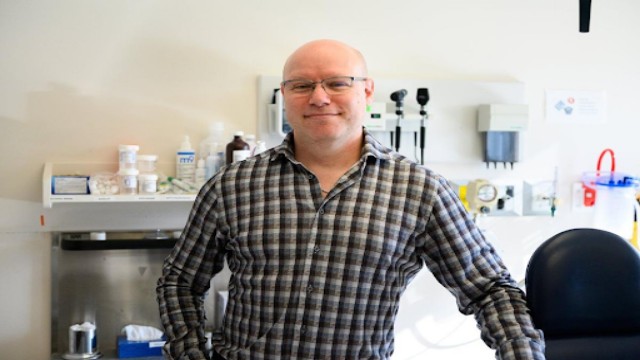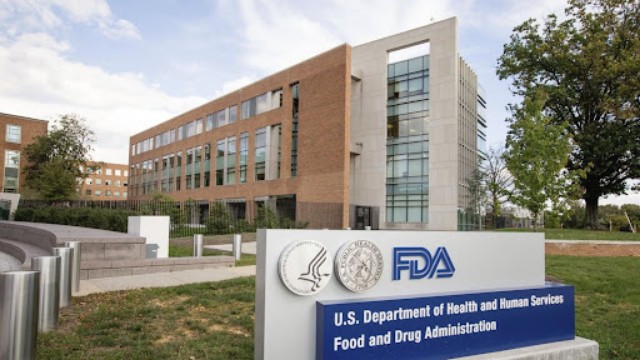
Texas lawmakers meet with Robert Roberson at a prison in Livingston, Texas, on Sept. 27, 2024. (AP Photo/Criminal Justice Reform Caucus/The Canadian Press file)
A Texas man is facing execution this week, which could mark the first instance in the U.S. where a person is put to death for a murder tied to shaken baby syndrome. Robert Roberson, 57, is set to receive a lethal injection on Thursday for the 2002 death of his 2-year-old daughter, Nikki Curtis. Roberson has consistently maintained his innocence, and his case has sparked renewed debate over the controversial diagnosis.
Roberson's lawyers, along with a bipartisan group of Texas lawmakers and medical experts, argue that his conviction relied on outdated and flawed scientific evidence. They contend that new findings suggest Nikki died from severe pneumonia, rather than from the injuries her father allegedly inflicted. However, prosecutors insist that this new information does not disprove their claim that Roberson caused his daughter's death.
The upcoming execution has reignited discussions about shaken baby syndrome, a diagnosis that some lawyers and members of the scientific community believe has led to wrongful convictions. In contrast, prosecutors and medical societies assert that the diagnosis is valid and backed by scientific evidence, identifying it as a leading cause of fatal head injuries in children under two.
Shaken baby syndrome refers to severe brain injuries resulting from violent shaking or impact, often inflicted by an adult caregiver. This diagnosis was rebranded in 2009 to "abusive head trauma" to encompass a broader range of potential injuries. The National Center on Shaken Baby Syndrome reports around 1,300 cases annually in the U.S.
Critics of the diagnosis claim that medical professionals have often jumped to conclusions of child abuse when encountering a specific set of symptoms: bleeding around the brain, swelling, and bleeding in the eyes. They argue that other causes, such as short falls or natural illnesses like pneumonia, can mimic these injuries without involving abuse.
Kate Judson, the executive director of the Center for Integrity in Forensic Sciences, emphasizes that this case is about whether Roberson was misdiagnosed and if justice was served. She acknowledges that while child abuse is real, it is essential to consider all possible explanations for a child's injuries.
Dr. Suzanne Haney, a child abuse pediatrician, notes that most in the medical community agree on the diagnosis's validity but also stress that doctors consider various factors when diagnosing child abuse, including pre-existing illnesses. She expresses concern that questioning the diagnosis may hinder efforts to prevent child abuse.
Roberson's supporters assert that he was wrongly arrested and convicted after taking his daughter to the hospital following a fall from her bed. They claim new evidence shows Nikki's death resulted from pneumonia that advanced to sepsis, worsened by inappropriate medications that made her breathing difficult. The Anderson County District Attorney’s Office, which prosecuted the case, has stated that a judge rejected these theories during a hearing to review the new evidence.
In recent years, courts across the country have overturned or dismissed several convictions based on shaken baby syndrome, leading to a growing scrutiny of the diagnosis. However, the appeals court has repeatedly denied Roberson’s requests to delay his execution.
Out of at least eight individuals sentenced to death related to shaken baby syndrome, Roberson is the only one to receive an execution date, despite two others being exonerated. Robin Maher, executive director of the Death Penalty Information Center, notes that over 30 people have been exonerated due to this discredited scientific theory.
Conversely, Danielle Vazquez, director of the National Center on Shaken Baby Syndrome, cites a 2021 study indicating that 97% of related convictions from 2008 to 2018 were upheld. She expresses concern that the ongoing debate about the diagnosis might lead some caregivers to mistakenly believe that shaking a baby is not harmful.















